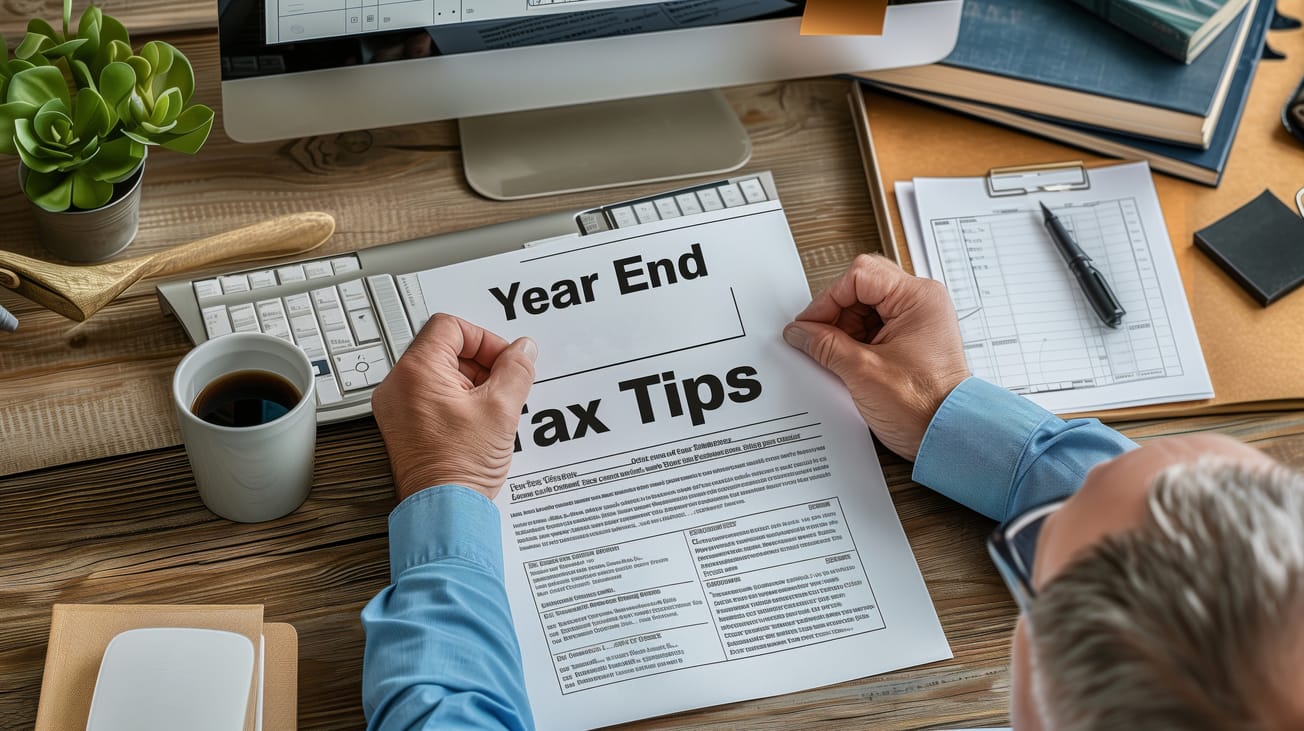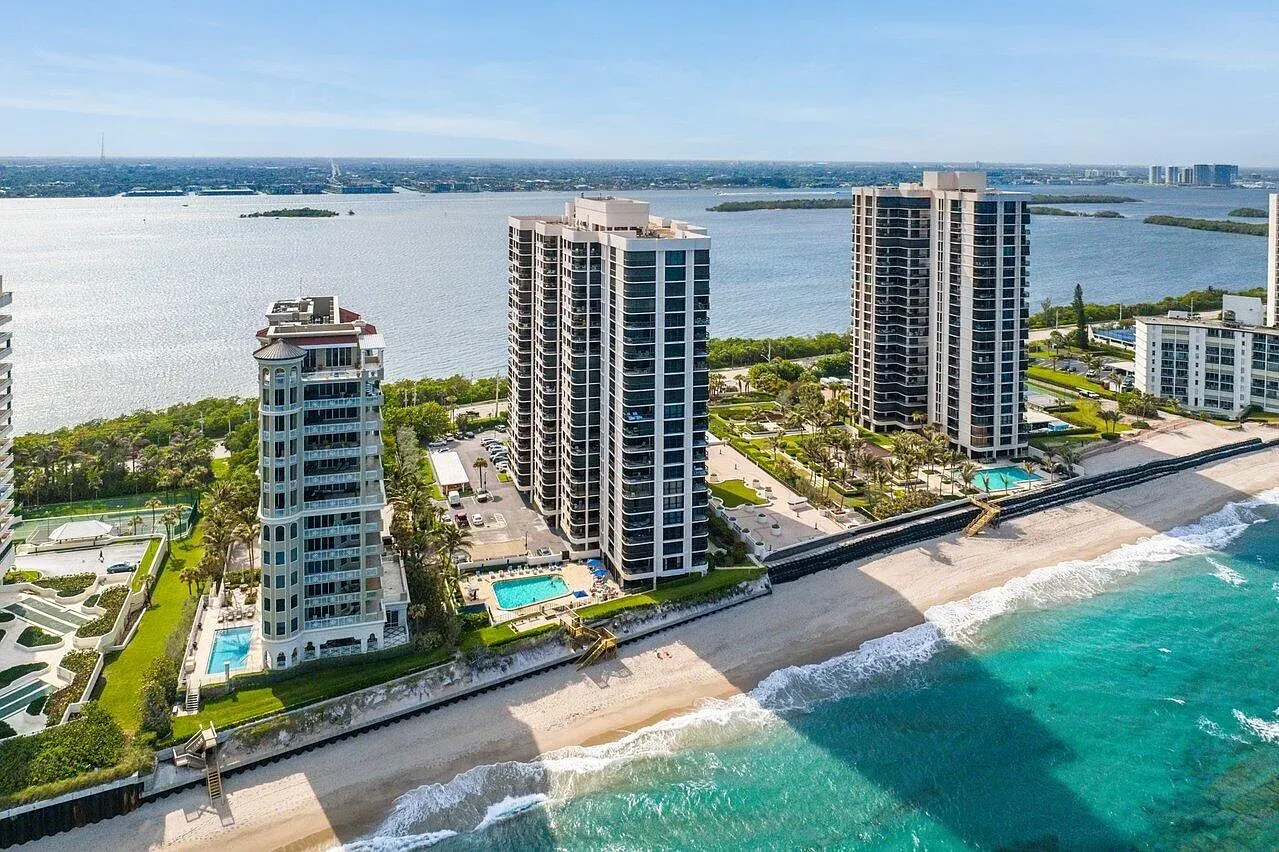When you are drawing from your portfolio in retirement, one often overlooked risk is something called Sequence of Returns Risk which can have a drastic effect on your individual situation. This risk tends to present itself if you retire and the market dips creating a situation where you are now drawing from a smaller portfolio. If the market dips further or stays low for a while, it could create a disaster for you if your withdrawal rate becomes too high. This could cause you to draw your principal down to a point where, even if the market bounces back, you could still end up faced with the real possibility of running out of money.
A real-life example can better illustrate this.
Suppose you had a $1 million investment in the S&P 500 Index from 1989-2008. If over this time you withdrew an inflation-adjusted 5% of the portfolio yearly, through 2008 you would have ended with $3,100,858. So, in real life over this time period, things would have worked out fine for people. The average annual return for the S&P 500 was 8.43% over these 20 years.
Now, here’s another example that illustrates what sequence of returns risk is. If you ran the same exercise but flipped the sequence of the returns starting with 2008 (when the market crashed) being year 1, and 1989, being year 20, guess what happens?
The average annual total return of the S&P 500 of course remains the same at 8.43%, however, your portfolio ends with a value of just $235,103. Almost $2.9 million less! The reason is that there was a very bearish market at the beginning of the exercise when the sequence was flipped. Starting with 2008, the market lost 37%, and remember you have to take 5% out for living expenses.
This leaves you with 42% less money or only $580,000. You would now be in a situation where you are forced to draw off of a much smaller base.
Originally you were only drawing 5% or $50,000 from a $1 million portfolio, but now if you drew the same $50,000, this would represent a withdrawal rate of almost 9%. This makes it hard for the portfolio to recover as now you’d need the market to grow by more than 9% to start seeing your principal grow again.
What can we learn from this exercise? Well, this shows you why you can’t have all your money in just stocks in retirement. It’s imperative to have a balanced portfolio where you’re not put in a situation where you need to sell your stocks low to fund your expenses. In today’s environment, you can have cash equivalent money market funds that pay you around 5% interest providing a nice return while avoiding the risk of the market. Additionally, even though 2022 was a bad year for bonds, fixed-income investments typically provide ballast and perform well when the stock market declines. Making sure you have the right mix of “non-stock” investments allows you to even out the ride in retirement and minimize your sequence of returns risk.
Additionally, a good financial advisor should be able to stress-test your retirement plan and even run a bear market scenario to make sure your plan still holds up. The last thing you want is to have to go back to work because you simply picked the wrong year to retire.
Respectfully Submitted
CRA Investment Committee
Matt Reynolds CPA, CFP® Tom Reynolds, CPA
Robert T. Martin, CFA, CFP® Gordon Shearer Jr., CFP®
Jeff Hilliard, CFP®, CRPC® Joe McCaffrey, CFP®
Phillip Tompkins, CFP®
(This article is for informational and educational purposes only and should not be relied upon as the basis for an investment decision. Consult your financial adviser, as well as your tax and/or legal advisers, regarding your personal circumstances before making investment decisions.)









